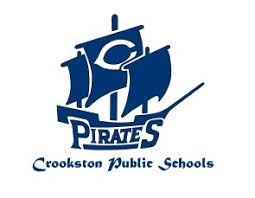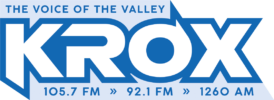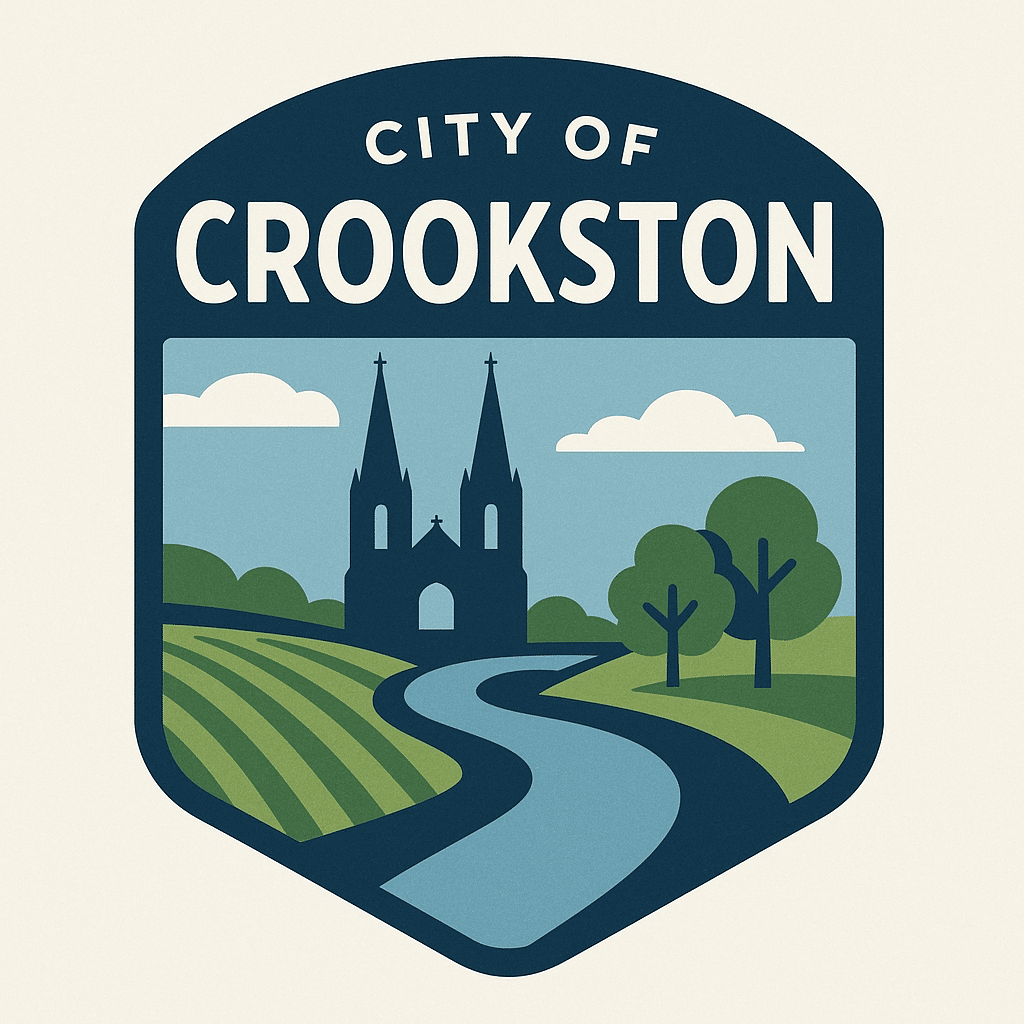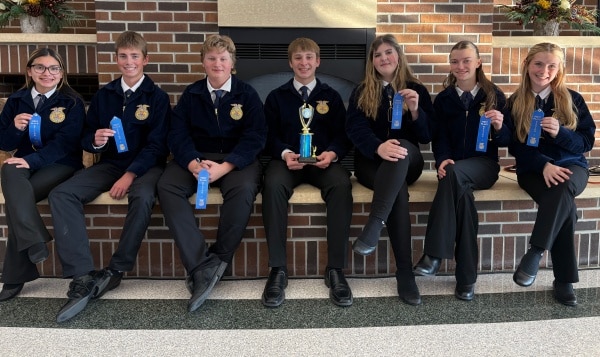The US News and World Report came out with their yearly findings and found that Highland School performs better in math and reading than other school districts with similar population groups. The state of Minnesota has state averages, and Highland Schools were 51% proficient in math and 53% proficient in reading, which is about 8% above expected for a school with population groups similar to Crookston’s.
Highland Principal Chris Trostad describes what he thinks Highland does that helps students be above average. “I would say, number one: it’s great regular education teachers,” Trostad said. “Number two: It is outstanding special education teachers. And it is also a phenomenal Title program. So, I think it’s just everyone working together. And then in addition to that, our homeless program that we have here a couple of years ago, MD wrote us a letter and wanted to interview us because our homeless students were the highest performing students in the state of Minnesota for math and reading. So, I think it’s a culmination of a lot of different support groups that also support the regular ed teachers, and they all work together very closely.”
Trostad also mentioned the ELL program. The English Language Learner program has new students complete a home language survey. If they qualify, they receive ELL instruction to help reduce the barriers to learning the English language. “That’s a group that last year our Title program took over our ELL program and had phenomenal results,” said Trostad. “The percentage of kids that met their goal or exceeded their goal was off the charts last year. It’s a lot of awesome supports, great teachers in the classroom and in those support roles.”
Trostad says that each student is not one teacher’s responsibility, they’re every teacher’s responsibility.
Trostad says his goal is to close the achievement gap, which refers to helping subgroups of students that are performing worse than others equal the performance of the higher-performing subgroups. “It’s really the kids that are behind that need more support,” Trostad said. “When you get those kids that are behind reading grade level or math grade level, what can we do to provide those supports to help those kids with providing specific interventions and progress monitoring? ‘Is the intervention you using working, or is it not working?’ If it isn’t, then we’ve got to find a different one. And ultimately, I think you find the right interventions that are exactly what the kids need in order to get them to grow.”
Trostad also thinks there are other areas that could see improvement, specifically attendance.
“And I think we could be better. Other things, too, like attendance,” Trostad said. “I know that, during COVID, filing truancy was something that kind of went by the wayside, but social services last year, we had 31 meetings, and we had a massive turnaround in attendance. Kids just don’t learn if they’re not in school. We’ve had a real improvement in our attendance. We still have a ways to go. To all those parents, we need ‘em in school every day unless they’re throwing up, got a temp, or a doctor’s note. Other than that, they need to be in school.”
Trostad says that even if you can make it for only half the day, it counts as a full day of attendance. Trostad also thanks the parents for participating in events to help their students.




